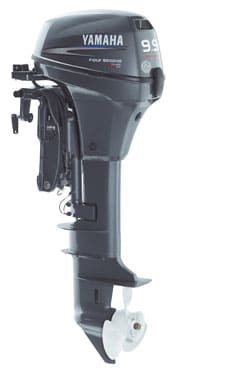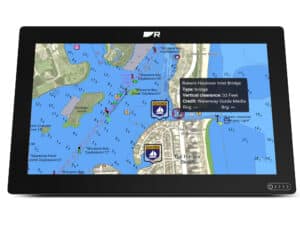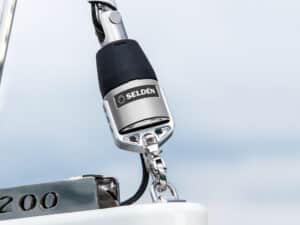
Four Stroke Yamaha
The evolution to four-stroke engines in the smaller horsepower range has been largely driven by EPA exhaust emission as well as water pollution mandates. Outboard two-stroke engines require that their lubricating oil be mixed with the fuel they burn. This, of course, adds to exhaust smoke and excessive hydrocarbon emissions, and in the case of these smaller engines, we’re talking about emissions that you can clearly see and smell.
Less noticeable is the resultant water pollution that also occurs when running a two-stroke engine with underwater exhaust. A high percentage of the exhaust from these engines is the partially burned oil that is being injected into the engine’s combustion chamber. Guess what, some of that ends up in the water. This helps to explain why many inland lakes have actually outlawed the use of engines. In fact, this very fact was one of the driving forces behind the development of the Torqeedo electric motors in Europe, as they have long mandated no combustion motor use on many of their inland waterways.
The evolution to four-strokes in the 9.9-horsepower range adds about a 10- to 12-pound heft to engines this size. It also adds a requirement to adjust engine valves periodically, and, of course, means the engine’s crankcase oil will have to be changed periodically. But, owning two four-stroke outboards myself, I can say that the trade off in smoother, quieter running and dramatically increased fuel economy is well worth it.








